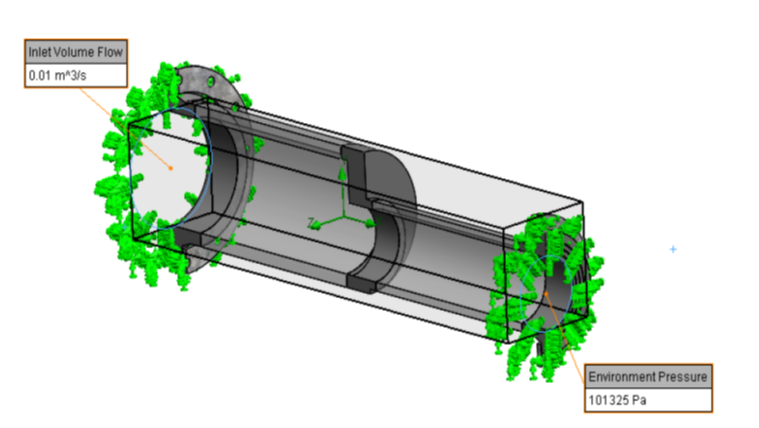


Indian Journal of Science and Technology
DOI: 10.17485/IJST/v13i45.1911
Year: 2020, Volume: 13, Issue: 45, Pages: 4521-4531
Original Article
Mohammad Al-Rawi1*, Chetan Sharma2, Hong Zhou1
1Centre for Engineering and Industrial Design (CEID)/ Waikato Institute of Technology (Wintec), Hamilton 3240, New Zealand
2Strata Precision Plastics Ltd, Hamilton 3204, New Zealand
*Corresponding Author
Email: [email protected]
Received Date:30 September 2020, Accepted Date:03 December 2020, Published Date:18 December 2020
Background/Objectives: Water mains are part of a drainage network that generally supplies fresh water to the households within council (municipal) limits. Most councils set a benchmark minimum water pressure (kPa) and a flow rate (l/min) that must be delivered to households. A typical drainage network may consist of straight pipe with different bends, reducers, expansions and several fittings, all of which contribute to loss of pressure in the fluid system. The main objective of this paper is to compare different gradients of reducers using Applied Computational Modelling techniques. This comparison is performed in terms of pressure drop across the section, the total pressure on the reducing face and regular forces on the inner face of each reducer on two types of reducers, i.e. Concentric and Eccentric. Methods: In this paper, computational analyses using CFD tools are applied to a pipe from a typical water mains line consisting of a concentric reducer that generally holds a certain amount of pressure. Comparison between different gradients of reducing face of both concentric and eccentric reducers has been performed in terms of pressure drop across the section, the total pressure on the reducing face and normal forces on the inner face of each reducer. Polyethylene (PE) stub flanges and galvanized backing rings are attached to the pipe. The material properties for the pipe and the reducer are set to high-density polyethylene (HDPE), and they are butt-welded together. The simulation and analysis are performed using SOLIDWORKS-CFD/FE software. Findings: The simulation results show the predicted flow trajectories of the fluid flowing through both reducers depicting difference in flow trajectories and their consequent effect on fluid system and the system’s structure in terms of Pressure drop, water force etc. when the reduction is changed from concentric to eccentric. Applications: The quantified flow simulation is used to optimize the section design according to the dynamic pressure head required. The results show that the optimized reducer serves better than conventional reducers.
Keywords: Water main; computational fluid dynamics; concentric and eccentric reducers
© 2020 Al-Rawi et al.This is an open access article distributed under the terms of the Creative Commons Attribution License, which permits unrestricted use, distribution, and reproduction in any medium, provided the original author and source are credited. Published By Indian Society for Education and Environment (iSee)
Subscribe now for latest articles and news.